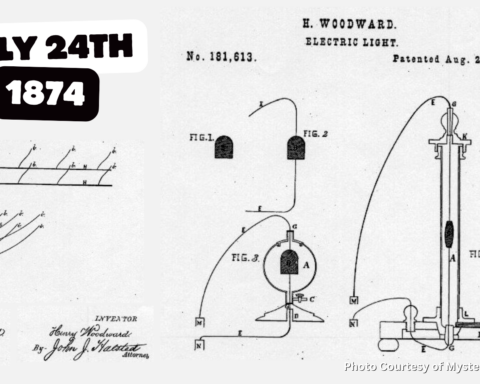In the world of theater, film, and architecture, lighting design plays a crucial role in setting the mood, enhancing performances, and creating immersive experiences. Behind this art form stands one influential figure who revolutionized the way we approach lighting design – Stanley McCandless.
Known as the “Father of Modern Lighting Design,” McCandless’s innovative techniques and visionary approach reshaped the field and continue to inspire generations of lighting designers. In this Radiant History blog, we will delve into the life and contributions of Stanley McCandless, highlighting the enduring impact he made on the world of lighting design.
Born in Chicago in 1897, Stanley McCandless developed a fascination for the stage and theater from a young age. His early exposure to the magic of theater ignited a passion within him, driving him to explore the technical aspects that brought performances to life. McCandless studied theater and technical design at the University of Wisconsin and immersed himself in the intricacies of stagecraft and the transformative power of lighting. After graduation, he went on to get a degree in architecture from Harvard College in 1923. After that he worked as an architect, which eventually led him to the career as a theatrical lighting consultant and ultimately as one of the first faculty to teach at the Yale School of Drama.
McCandless’s true impact on the field came during his time at the Yale School of Drama, where he pioneered a groundbreaking approach to lighting design. He rejected the prevalent technique of “general illumination” which in essence meant lighting the actors and the stage only from the front. He began by introducing a concept known as “three-point lighting.” This revolutionary approach involved using three key sources of light – the key light, the fill light, and the backlight – to create depth, focus, and contrast on stage. This technique not only enhanced visibility but also added a new dimension of drama and storytelling to performances.
McCandless’s contributions went beyond the three-point lighting technique. He developed the McCandless Method, a systematic approach to lighting design that incorporated elements such as color, intensity, and direction to evoke specific emotions and enhance the overall visual experience. His meticulous attention to detail and understanding of the interplay between light and shadow set a new standard for lighting design.
Stanley McCandless’s impact on lighting design extended far beyond his own work. His teachings and writings, including his influential book “A Method of Lighting the Stage,” became essential references for aspiring lighting designers. McCandless’s innovative techniques and principles influenced countless professionals in the field, shaping the way lighting design is approached in various industries, including theater, film, television, and architecture.
Even decades after his passing, McCandless’s ideas and methods remain relevant and widely used in the field of lighting design. His emphasis on storytelling through light and his understanding of the emotional impact of illumination continue to shape the work of contemporary designers. McCandless’s legacy serves as a constant reminder that lighting is not just about visibility but an art form that can transform spaces, evoke emotions, and enhance the human experience.
Stanley McCandless’s unparalleled contributions to the field of lighting design have solidified his title as the “Father of Modern Lighting Design.” Through his innovative techniques, systematic approach, and keen understanding of the interplay between light and shadow, McCandless revolutionized the way we approach lighting in various industries. His enduring legacy continues to inspire and influence generations of lighting designers, reminding us of the power of illumination to transform spaces, captivate audiences, and elevate the human experience.
Featured image courtesy of Designing Lighting.






